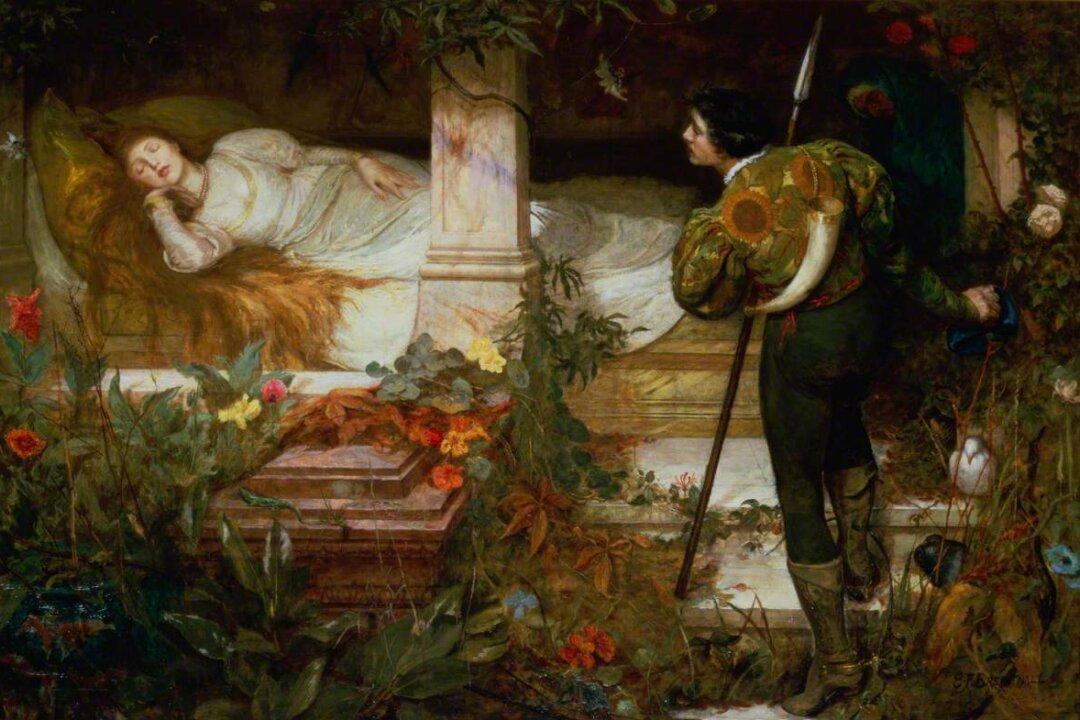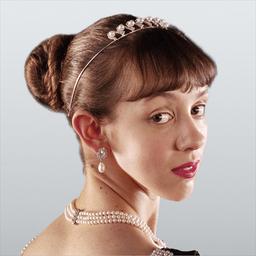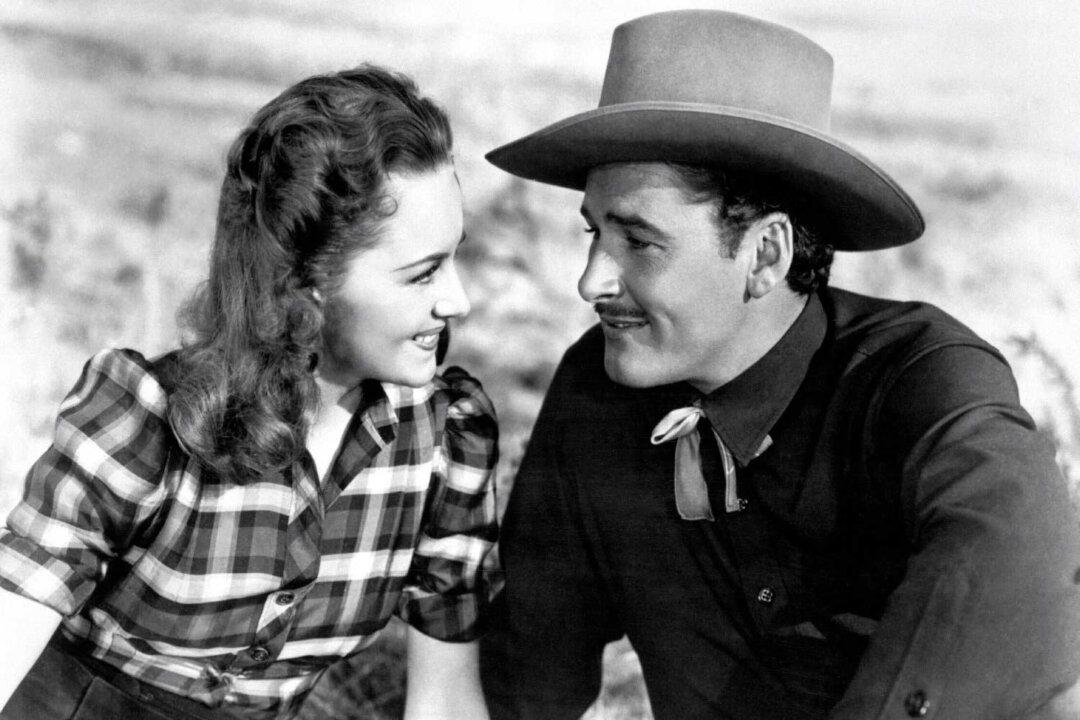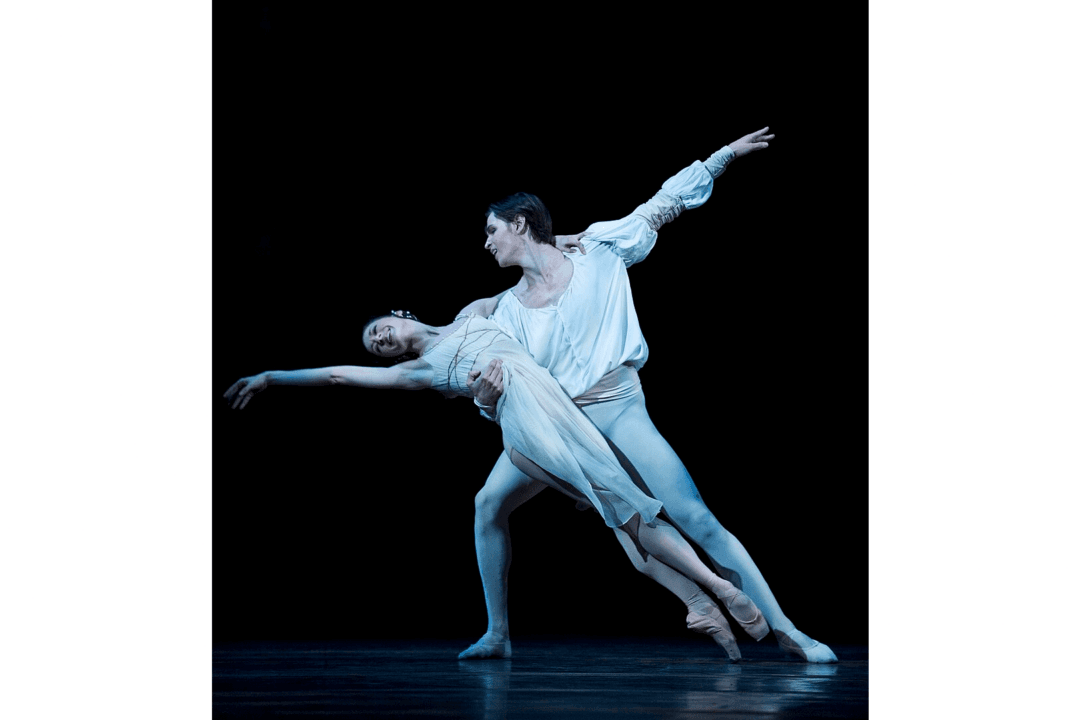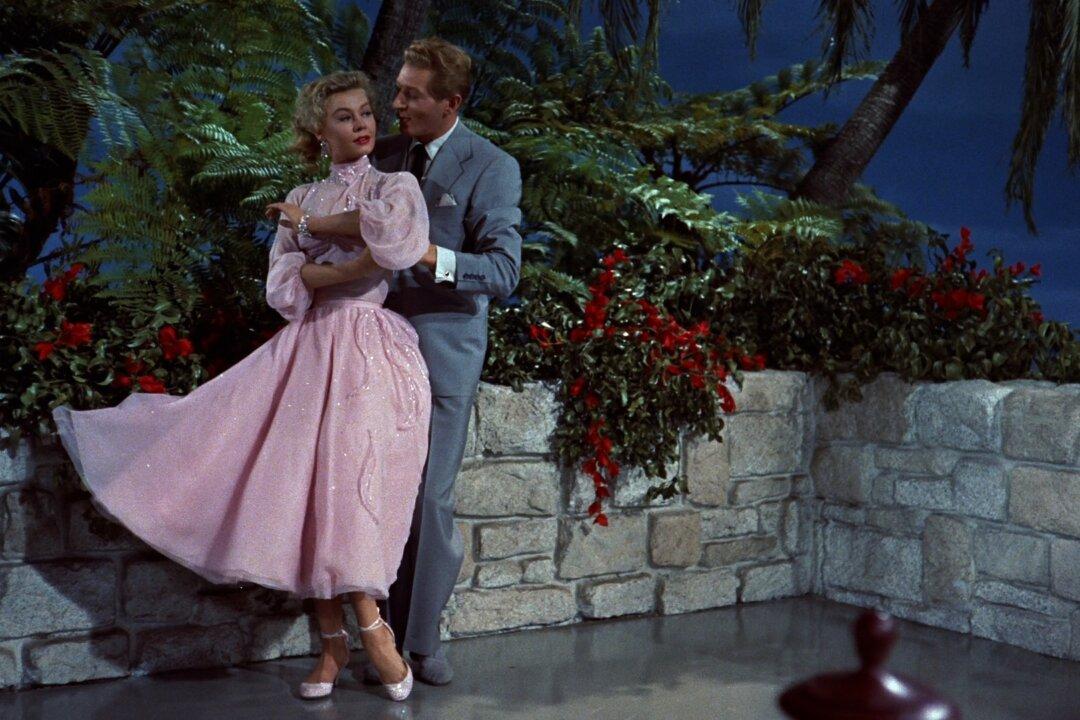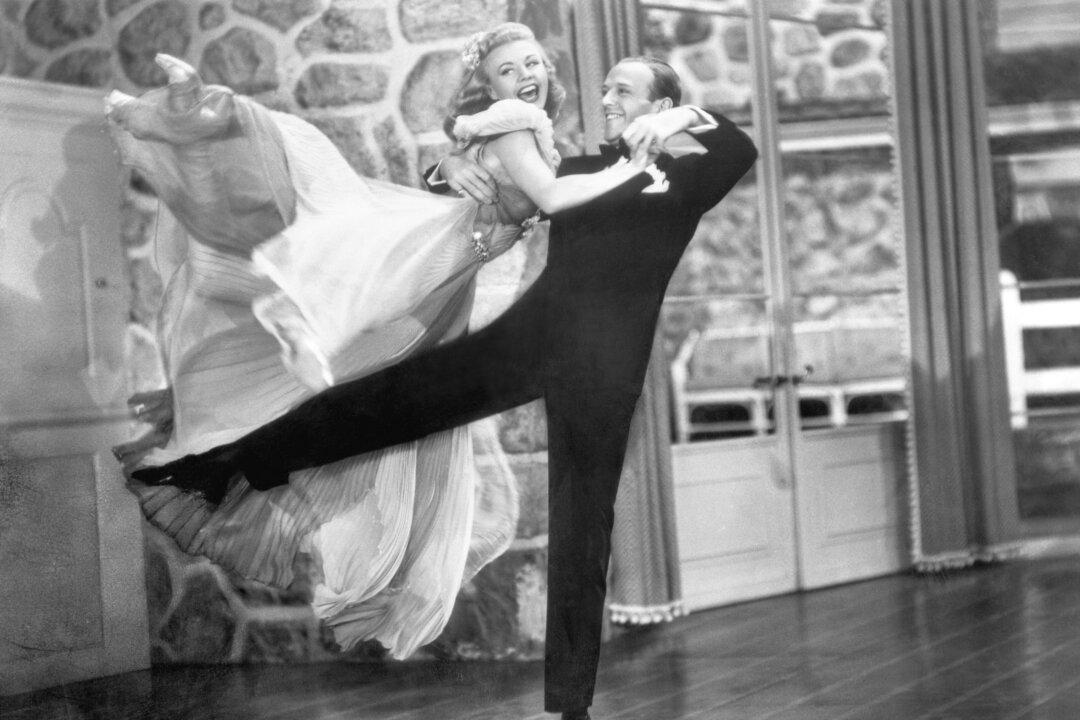We all enjoy a new twist on a classic story. Many people enjoy seeing further adventures of their favorite characters, and prequels, sequels, and midquels that flesh out characters and explore new subplots are flooding popular media. However, with the expansion of fictional universes, a risk has been introduced. In recent years, the lines have become blurred between good and evil. The “anti-hero” is nearly as common as the regular hero.
“The presentation of evil is often essential for art or fiction or drama. This in itself is not wrong provided… [t]hat throughout, the audience feels sure that evil is wrong and good is right.” So says the Motion Picture Production Code, also known as the Hays Code, a document enforced in Hollywood from 1934 to 1954. It ensured all films were acceptable to a family audience.

